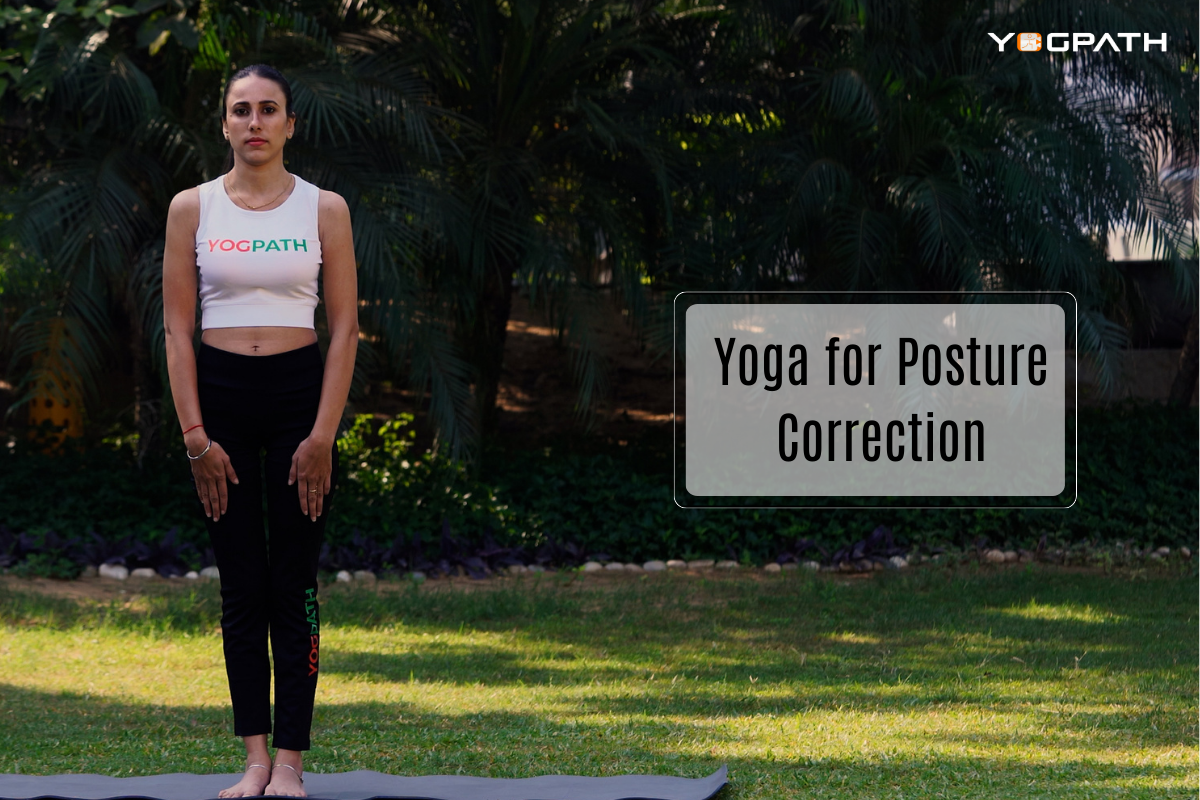
The phrase “Sit up straight!” Do not slump. Those stern warnings from mom were probably repeated often when we were growing up. Most of us rolled our eyes and resumed our slouching posture as soon as mum had left the room. It is easy to assume that one’s body is in a healthy position when one is putting themselves in great danger.
Maintaining a good posture reduces the risk of various diseases and health problems, including back pain and other spinal injuries.
Several lifestyle problems are affecting the working class as a result of their habit of spending long hours sitting at desks, looking at screens, and “cradling” mobile devices. Pain in the back and neck, ranging from moderate to severe, is a symptom of bad posture, which may cause permanent damage to the spine if left untreated. Majority of us overlook these details at our peril and end up with a host of lifestyle-related problems. Therefore, improving your health and fitness benefits from a focus on correcting your posture. If you want to improve your posture, yoga is a great option.
You have good posture when your back is straight, your shoulders are square and relaxed, your chin is up, your chest is out, and your stomach is pulled in purely linear fashion. The proper posture requires balancing the weight of our bodies so that no one part is strained unduly by gravity.
Why maintaining a healthy posture is essential?
Good posture is more than just a cosmetic concern. Physically, it aids in the development of strength, mobility, and equilibrium. All of these things may help reduce muscle soreness and boost energy levels. Injury risk may also be decreased by maintaining an upright position since muscle and ligament strain is lessened.
By increasing your muscular awareness, correcting your posture becomes simpler as you work on improving your posture. Working on your posture and being more body-aware may also reveal any imbalances or tight spots you were previously oblivious to.
Importance of maintaining proper posture:
Achieving optimal body alignment: All bodily systems function well when the body is in proper alignment. Studies have shown that those with good posture have less trouble digesting food.
Removes back and neck discomfort: Good pose reduces the likelihood of significant back or neck ailments later in life by allowing the bones and spine to support the body’s weight easily and efficiently.
Boosts respiratory function: The lungs can only operate if they have enough capacity to expand. Slouching causes the rib cage to compress somewhat, reducing lung capacity and resulting in shallow, inefficient breathing.
Enhances retention and awareness: When you sit up straight, you breathe more easily and get more oxygen into your brain, improving your mental performance and simplifying learning.
Anti-Arthritis and Joint Pain Preventative: When the muscles are properly engaged, the bones and joints remain in proper alignment, reducing the risk of degenerative arthritis and other joint pains.
Posture-enhancing yoga poses:
Tadasana (Mountain Pose): Tadasana is a helpful yoga pose for improving one’s standing posture.
Vriksasana (Tree Pose): When we slouch, our body weight carries us forward, making balancing positions harder. Vriksasana helps to improve daily stand.
Adho Mukha Svanasana (Downward Facing Dog): Adho Mukha Svanasana stretches and lengthens the spine and opens the shoulders, enhancing pose.
Plank Pose: We slouch when our core is too weak to hold us up. A plank pose strengthens your core, reducing stress on your spine and letting you stand straight.
Bhujangasana (Cobra Pose): Bhujangasana stretches the spine and opens the chest, reversing rounded shoulders and upper back.
In today’s offices, physical movement is limited, and prolonged durations of sitting leads to health problems. Nonetheless, you may reap significant health benefits by altering your sitting or standing position. You may save wear and tear on your muscles and bones by investing in a few ergonomically built products and learning to sit appropriately. Keeping your body in good shape from the start of your job and throughout it might help you avoid a lot of aches and pains.











